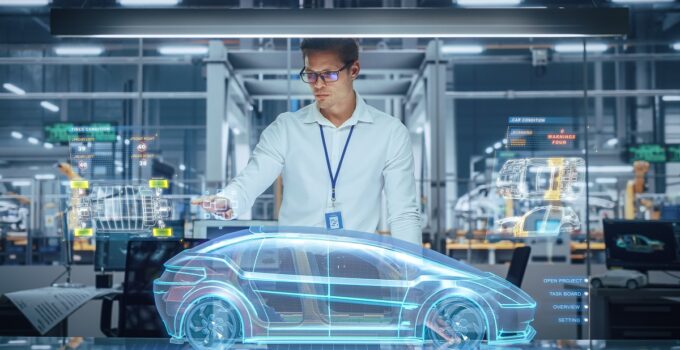Bold claims and big investments don’t always guarantee success in the auto world. Some upcoming projects are destined to fail, costing companies and consumers alike. Let’s break down the future flops that are bound to disappoint.
1. Hydrogen Fuel Cell Vehicles
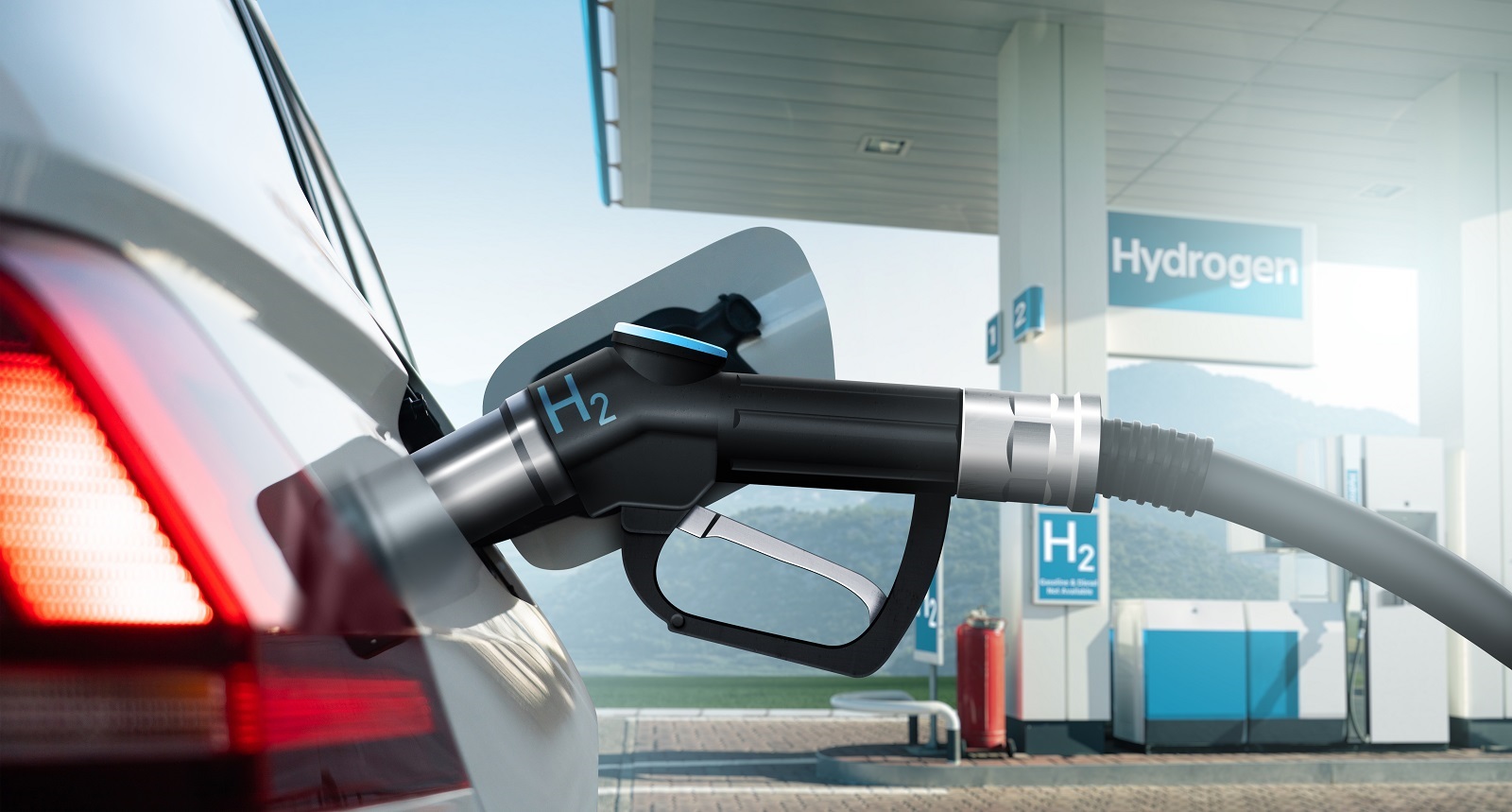
Image Credit: Shutterstock / Scharfsinn
Hydrogen fuel cell vehicles sound like a great idea on paper, but they’re a logistical nightmare. The infrastructure for hydrogen refueling is almost non-existent, with less than 100 stations in the entire U.S. The high production costs and energy-intensive processes make these vehicles expensive and impractical. Despite pouring billions into development, automakers like Toyota and Hyundai are seeing minimal consumer interest and even less market penetration.
2. Overambitious Autonomous Driving Timelines

Image Credit: Shutterstock / riopatuca
Remember when automakers promised fully autonomous cars by 2020? Well, here we are, and the closest we’ve got are glorified driver-assist systems. Tesla’s Full Self-Driving (FSD) feature has been plagued with safety issues and regulatory scrutiny. According to the RAND Corporation, fully autonomous vehicles won’t be a common sight until at least 2040. The industry’s hype machine has set expectations sky-high, but the technology just isn’t there yet.
3. Excessive EV Startup Valuations

Image Credit: Shutterstock / buffaloboy
The electric vehicle market is swarming with startups boasting sky-high valuations, yet many are teetering on the edge of bankruptcy. Companies like Lordstown Motors and Canoo are burning through cash without delivering on their promises. Deloitte’s 2023 report highlights that over 60% of EV startups from the past decade have either collapsed or been acquired at a loss. Investors beware: these flashy startups might just be the next big bust.
4. Inadequate EV Charging Infrastructure
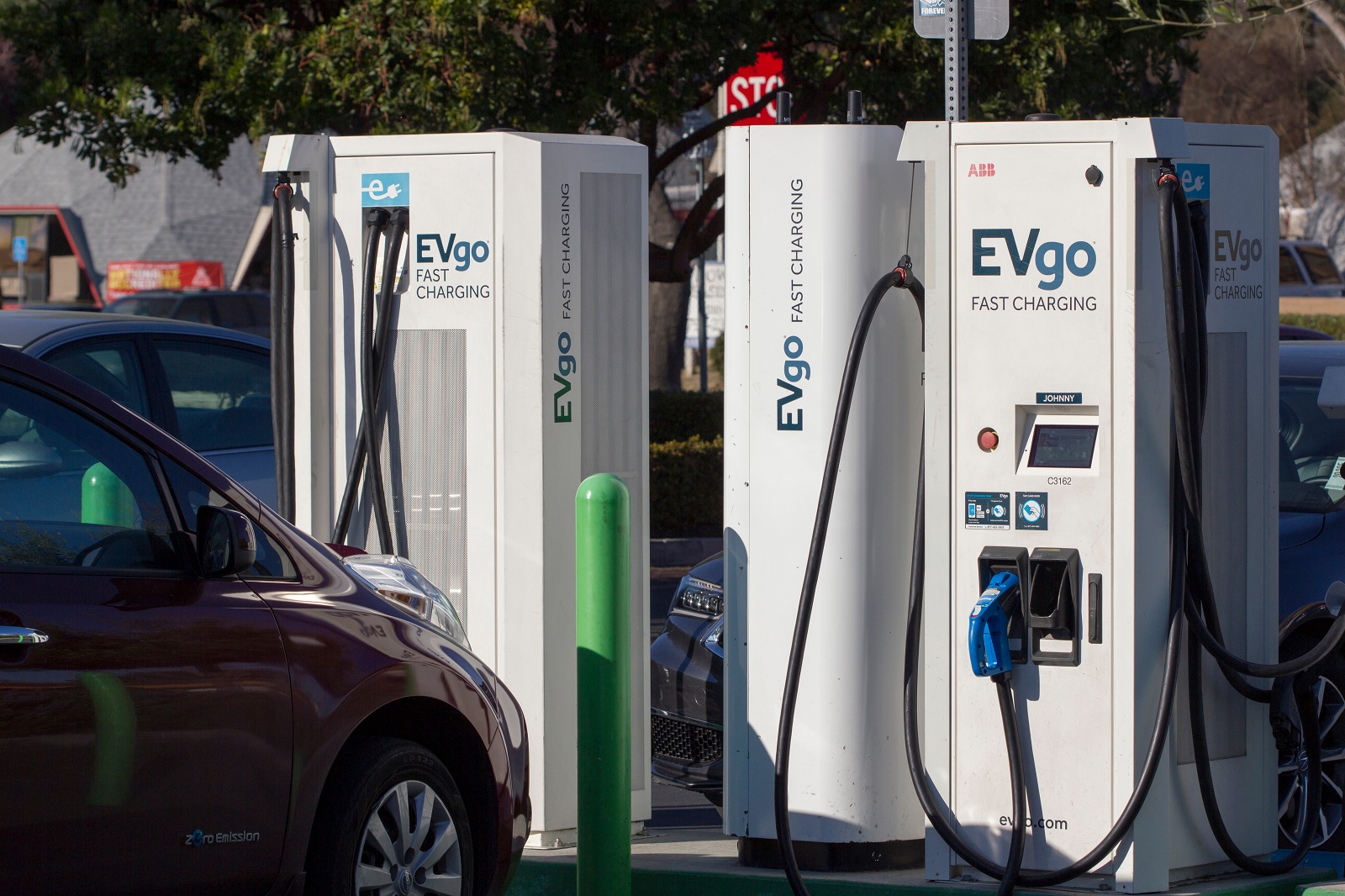
Image Credit: Shutterstock / Tada Images
While EV sales are on the rise, the charging infrastructure is woefully inadequate. The U.S. has roughly 100,000 public chargers for over 2 million EVs, leading to long wait times and range anxiety. The International Energy Agency (IEA) estimates that we need ten times more chargers by 2030 to meet demand. The current pace of infrastructure development is a roadblock that could stall the EV revolution.
5. Continued Dependence on Fossil Fuels
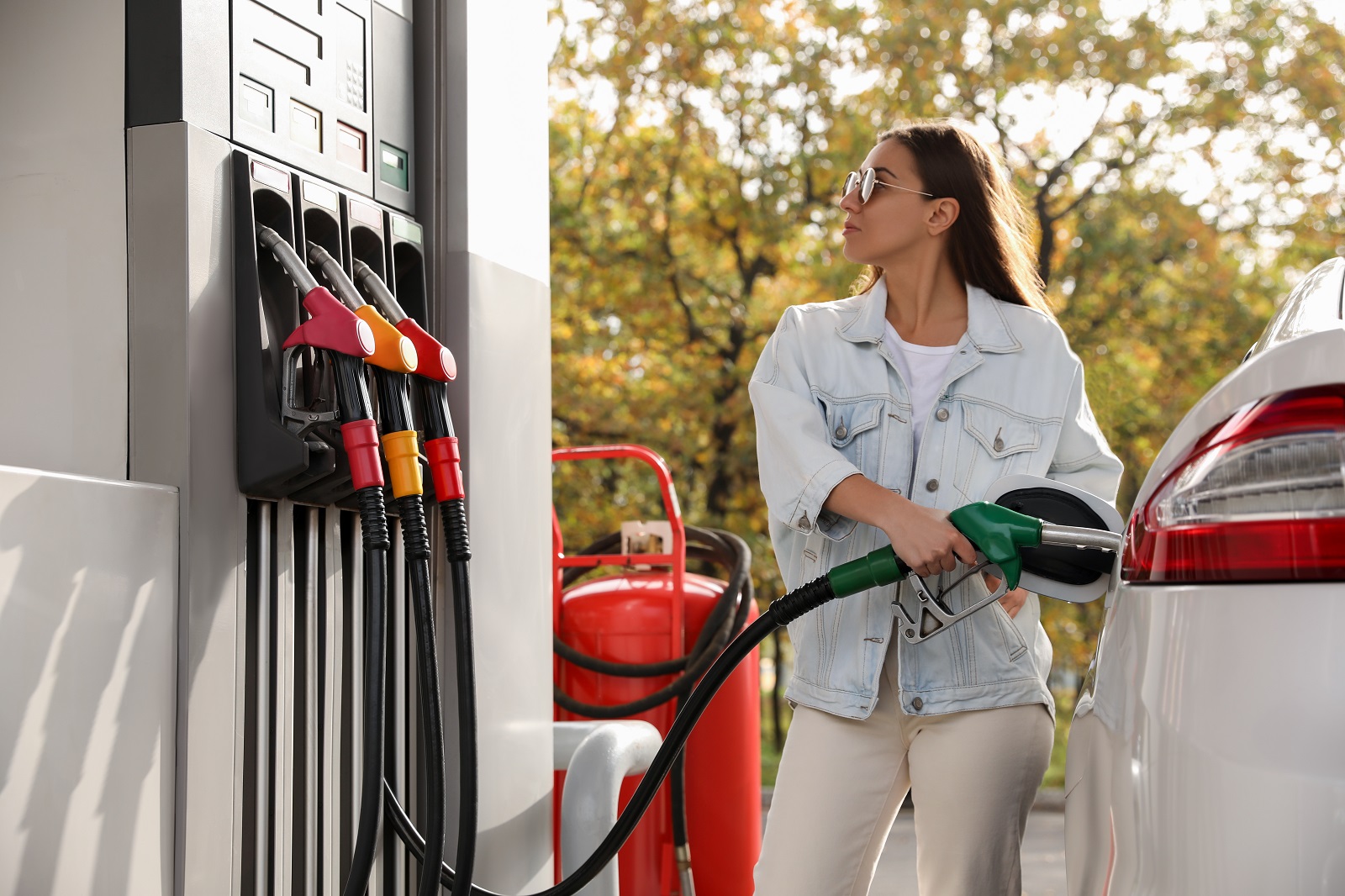
Image Credit:Shutterstock / New Africa
Despite all the talk about going green, many automakers are still sinking billions into internal combustion engine (ICE) vehicles. The Environmental Defense Fund (EDF) reports that over $150 billion is being funneled into ICE development. This stubborn commitment to fossil fuels is delaying the transition to electric and cleaner alternatives, showing a clear disconnect between industry rhetoric and reality.
6. Underwhelming Flying Car Projects
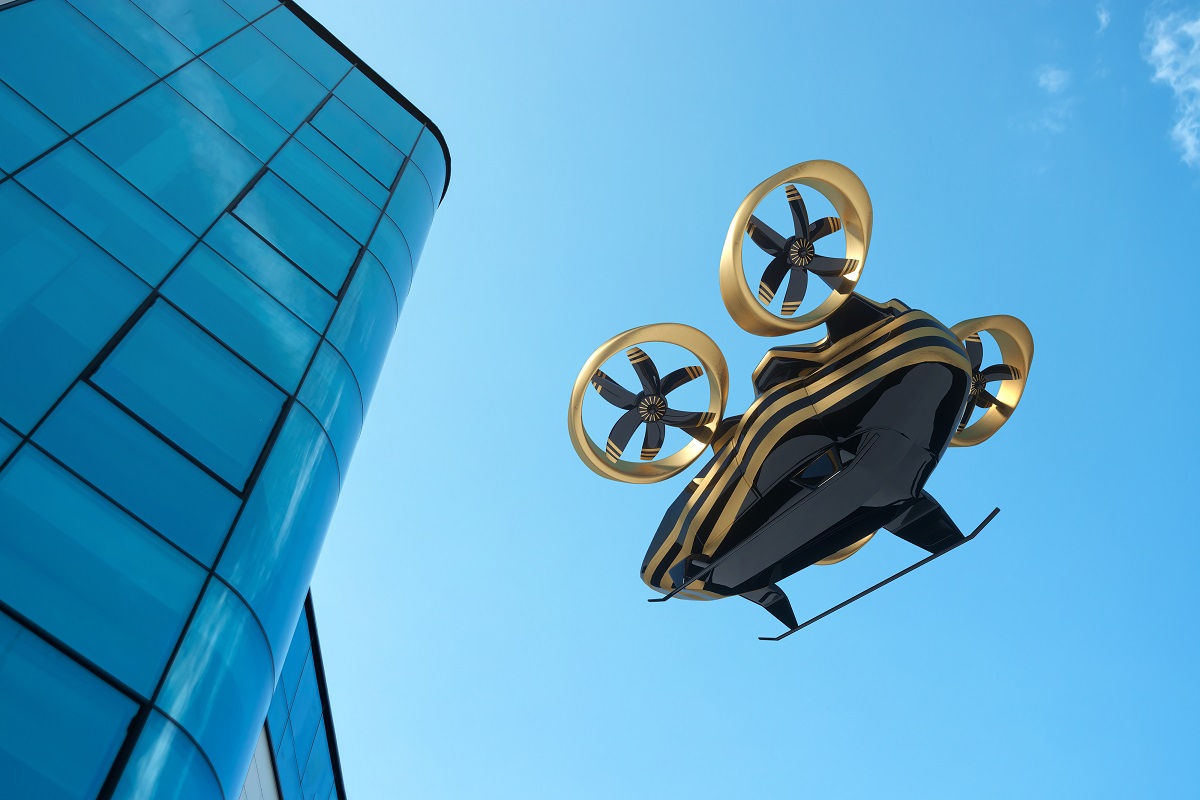
Image Credit: Shutterstock / Marko Aliaksandr
Flying cars have been a sci-fi dream for decades, but reality keeps crashing the party. Companies like Terrafugia and Aeromobil face enormous regulatory, technological, and economic challenges. According to Morgan Stanley, flying cars won’t be mainstream for at least another 20 years. These projects remain little more than expensive toys for the ultra-rich, far from revolutionizing personal transport.
7. The Decline of Diesel
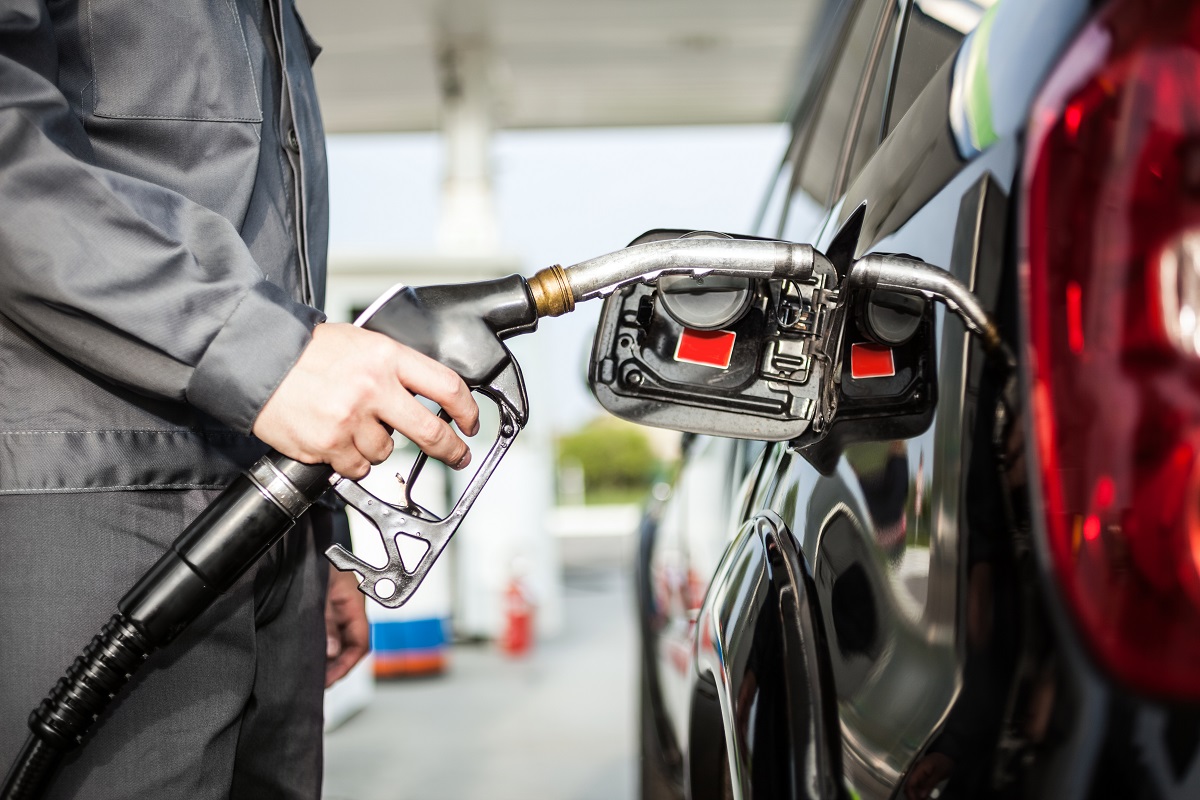
Image Credit: Shutterstock / Minerva Studio
Diesel engines are dying a slow death, thanks to emissions scandals and stricter regulations. Diesel car sales in Europe have plummeted from 50% of the market in 2015 to under 20% in 2023. Cities around the world are planning diesel bans by 2030, making it clear that diesel’s days are numbered.
8. Unrealistic Urban Air Mobility (UAM) Expectations
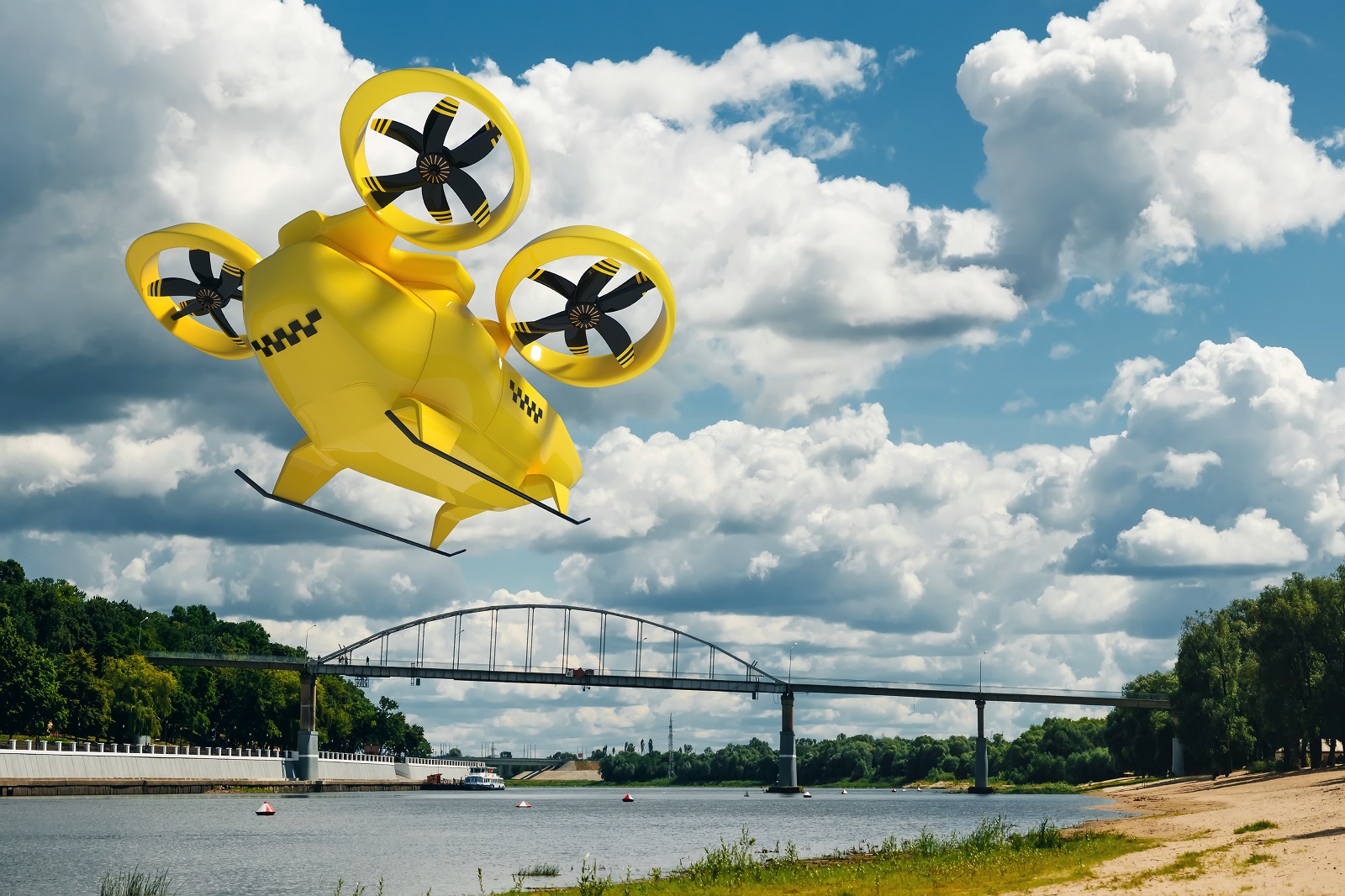
Image Credit: Shutterstock / Marko Aliaksandr
Urban air mobility, with its dreams of fleets of air taxis, is a logistical and regulatory quagmire. Uber Elevate’s ambitious plans face insurmountable hurdles, including integrating with air traffic control and public acceptance. Roland Berger analysts estimate that widespread UAM adoption is at least 15-20 years away. These projects are grounded by reality, far from taking off.
9. Subscription-Based Car Ownership Models

Image Credit: Shutterstock / Alasdair Jones
Subscription services from companies like Volvo and Cadillac have seen dismal uptake due to high costs. A McKinsey survey found that less than 5% of car buyers are interested in subscription models, citing cost as the main barrier. Consumers prefer traditional ownership or leasing, making these services a niche market at best.
10. Hyperloop Transportation

Image Credit: Shutterstock / Kardasov Films
Elon Musk’s Hyperloop promises have generated a lot of buzz but little actual progress. The engineering and financial challenges of creating vacuum tube transport systems are immense. A 2022 Transport Research Laboratory (TRL) report suggests practical implementation is unlikely before 2050. This futuristic concept remains a distant dream, far from revolutionizing transportation.
11. Overreliance on Rare Earth Materials

Image Credit: Shutterstock / NamLong Nguyen
EV batteries rely heavily on rare earth materials like lithium and cobalt, creating supply chain vulnerabilities. Prices for these materials have soared, with lithium prices increasing by over 300% from 2020 to 2023. The industry’s dependency on these materials is unsustainable and poses significant risks for future production.
12. Ineffective Mobility-as-a-Service (MaaS) Integrations

Image Credit: Shutterstock / metamorworks
MaaS platforms aim to integrate various transport services but struggle with user adoption and profitability. Frost & Sullivan reports that many initiatives lack the necessary cooperation between public and private entities. This disjointed approach limits their effectiveness, making widespread adoption unlikely.
13. Unrealistic Zero-Emissions Pledges
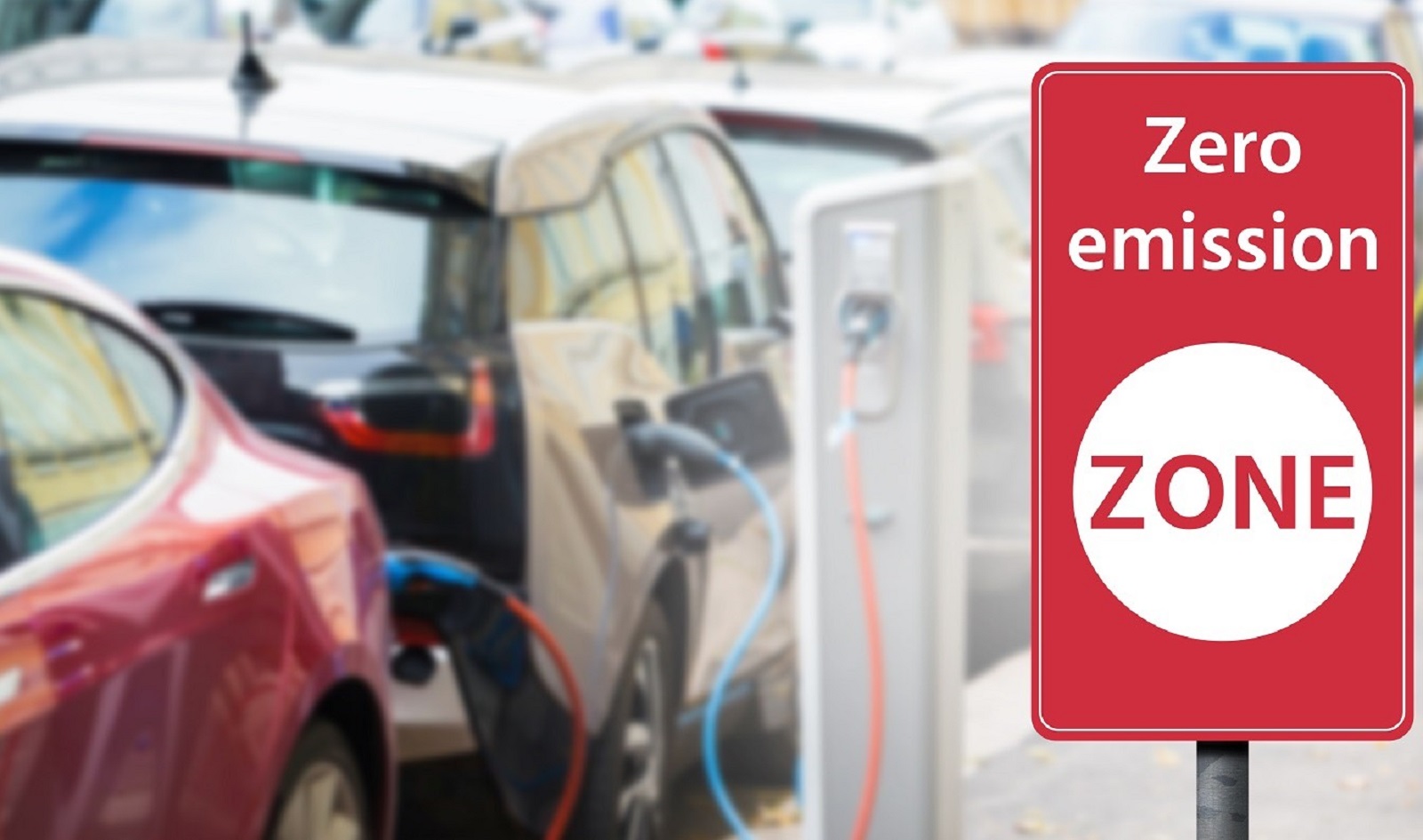
Image Credit: Shutterstock / Scharfsinn
Automakers’ zero-emissions targets often lack clear execution plans. General Motors aims for a fully electric lineup by 2035 but continues heavy investment in ICE vehicles. These pledges appear more like marketing stunts than actionable strategies, leaving significant gaps in actual progress.
14. Autonomous Delivery Robots
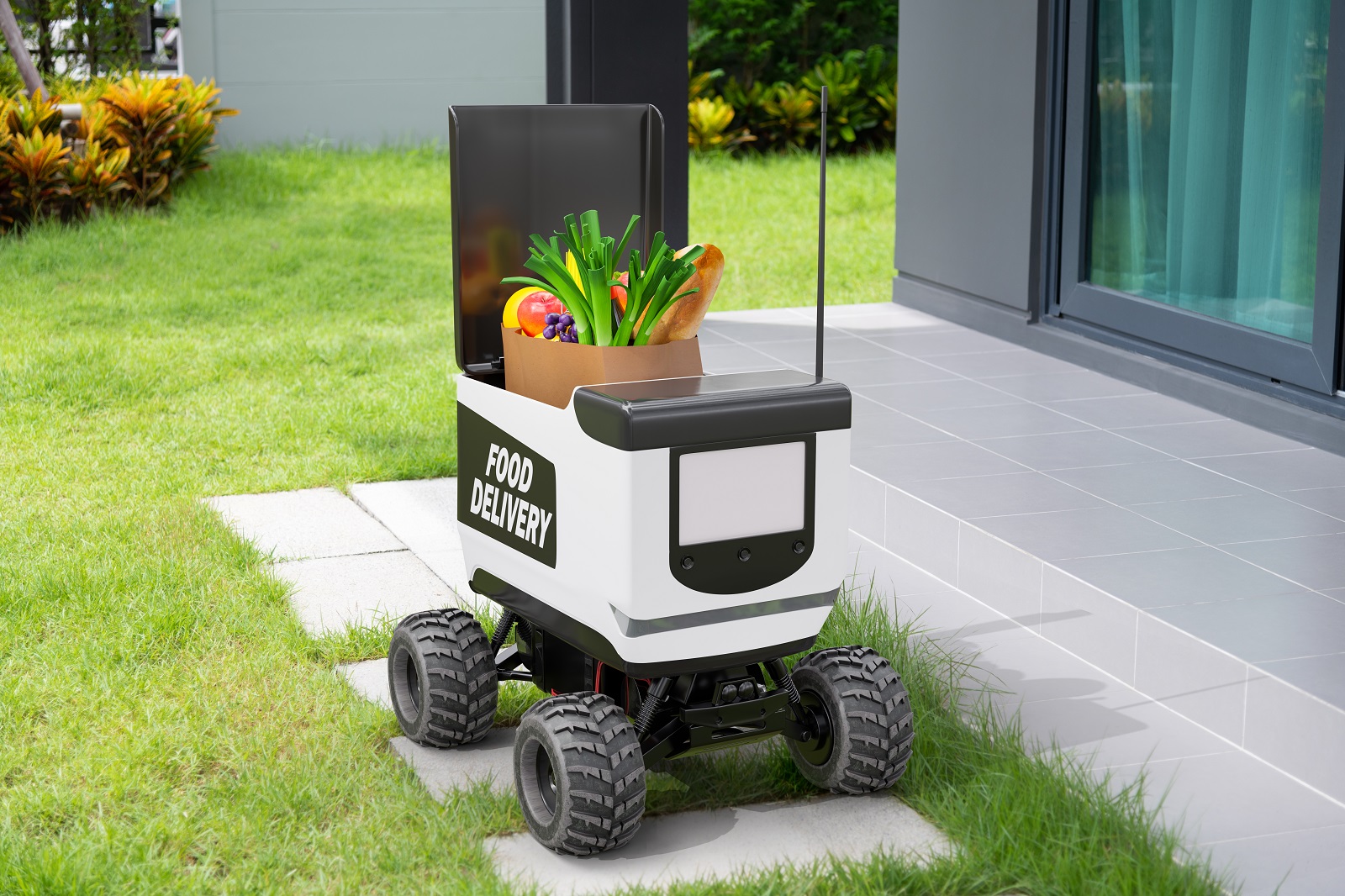
Image Credit: Shutterstock / Suwin66
Autonomous delivery robots face practical challenges like sidewalk regulations and weather conditions. Gartner’s study indicates scalability and profitability are major concerns. Beyond controlled environments, these robots have limited real-world success, making widespread adoption unlikely.
15. Inefficient Solar-Powered Vehicles
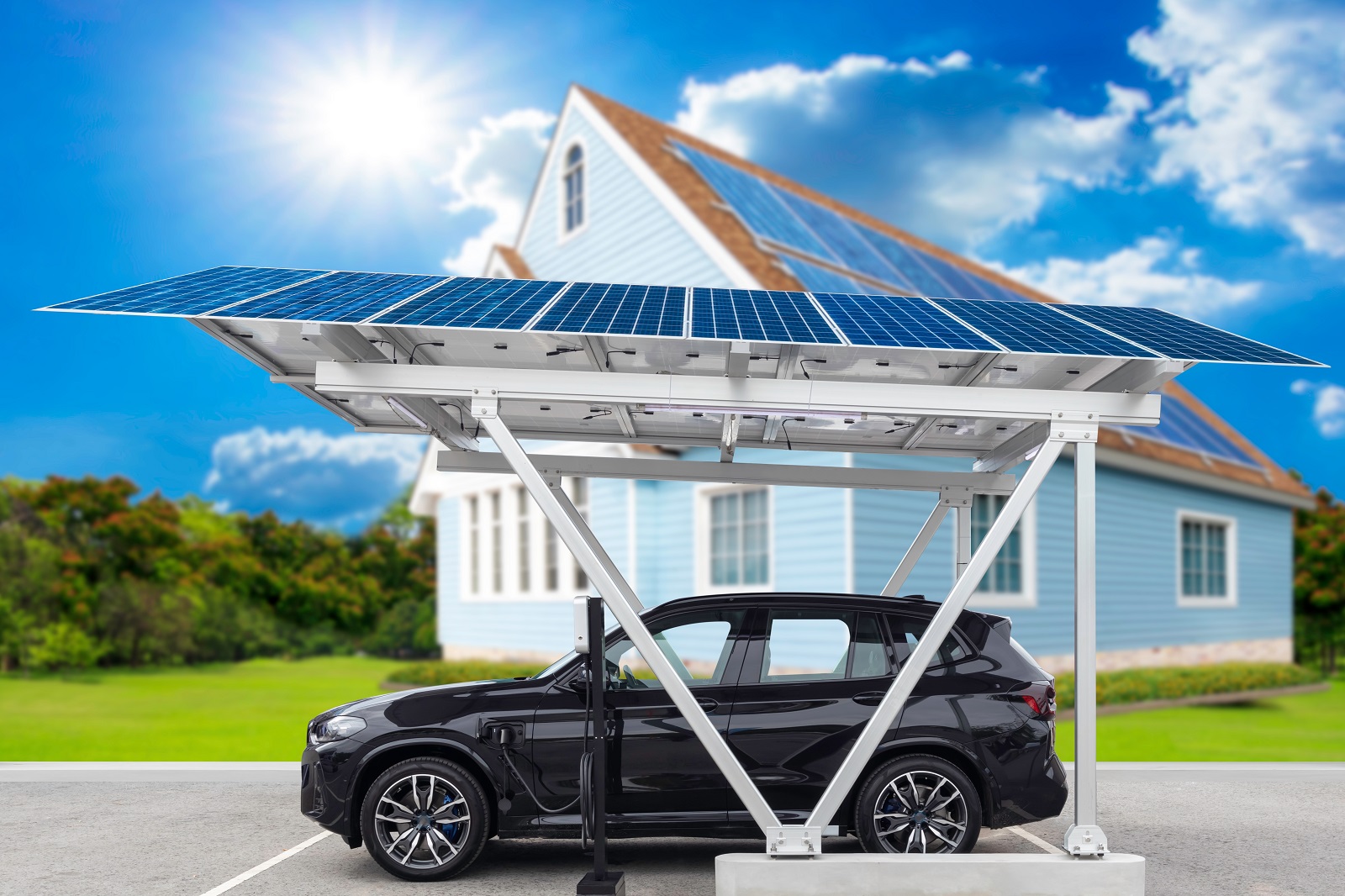
Image Credit: Shutterstock / Engineer studio
Solar-powered vehicles, like those from Lightyear, face efficiency and practicality issues. Solar panels on cars can only provide a fraction of the energy needed for daily driving. The National Renewable Energy Laboratory (NREL) estimates solar can supplement but not replace traditional EV charging.
16. Overhyped Connected Car Features

Image Credit: Shutterstock / metamorworks
Many connected car features are underutilized or seen as gimmicks. JD Power’s 2023 survey found that 40% of new car owners never use advanced connected features. Maintaining these complex systems often outweighs the perceived benefits, leading to consumer disinterest.
17. Delayed Infrastructure for Electric Trucks
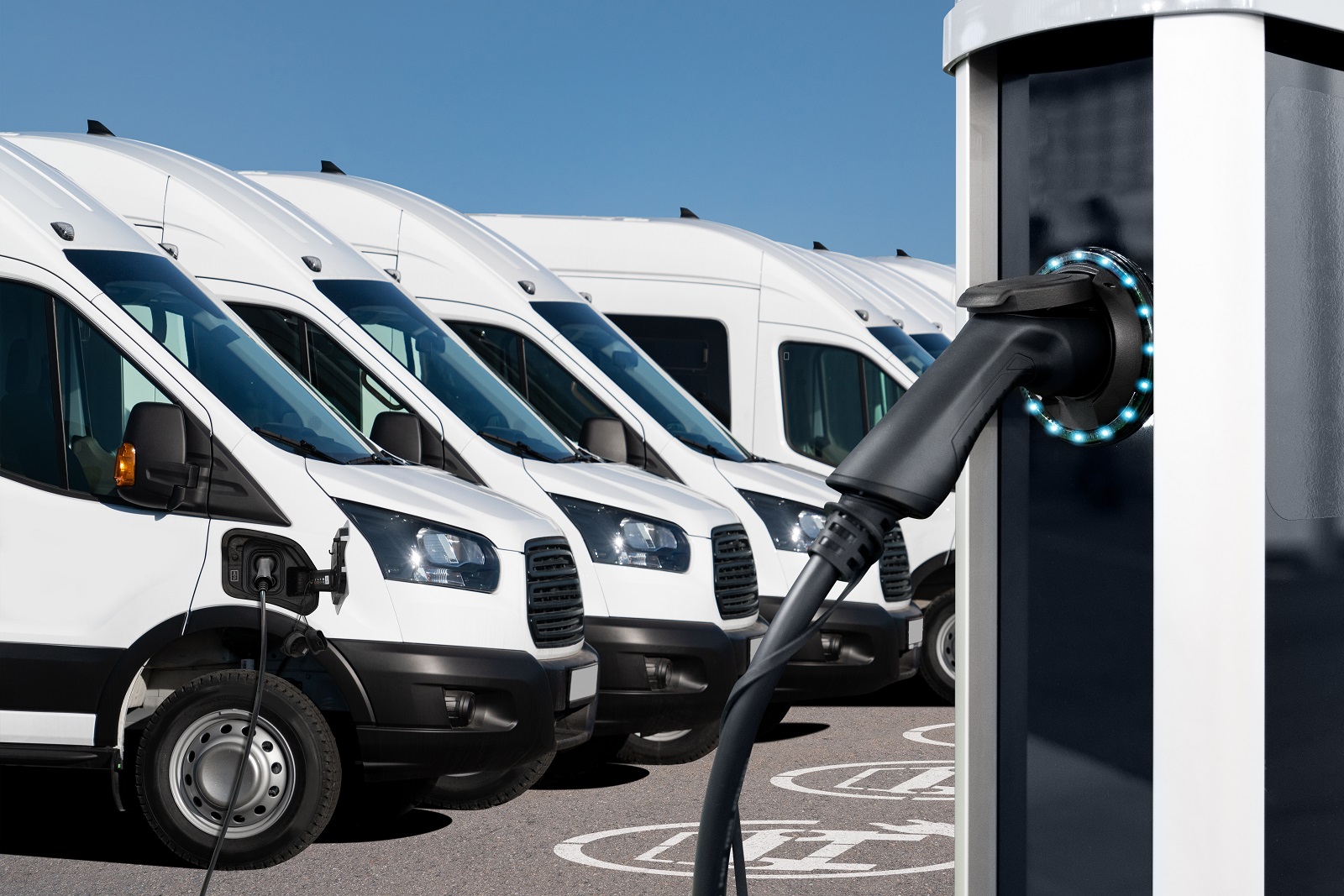
Image Credit: Shutterstock / Scharfsinn
Electric trucks are crucial for reducing freight emissions but face significant infrastructure challenges. The lack of high-capacity charging stations and long charging times hinder adoption. The American Trucking Associations report that only 10% of the needed infrastructure will be in place by 2030.
18. Ineffective Government Incentives

Image Credit: Shutterstock / Africa Studio
Government incentives for EVs and green technologies are often poorly structured and fail to drive significant adoption. The complexity and limited scope of tax credits and rebates often exclude lower-income consumers. A Brookings Institution report highlights the need for more targeted and accessible incentives for meaningful impact.
The Next Big Thing
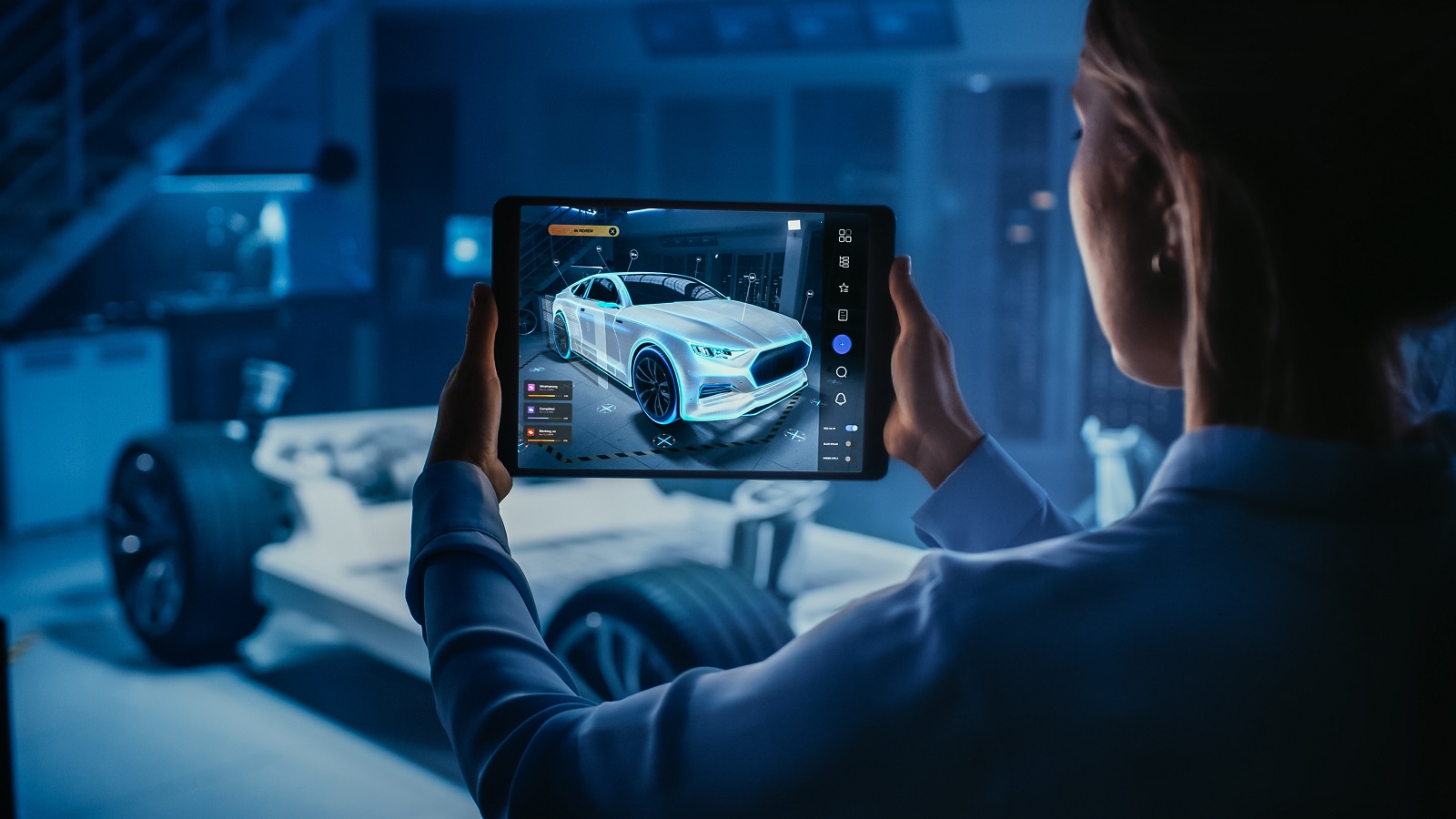
Image Credit: Shutterstock / Gorodenkoff
Future flops in the auto industry highlight the gap between hype and reality. While innovation is essential, it’s clear that not every idea is feasible. Stay informed to avoid the traps of overblown promises.
2024’s Most Anticipated Car Releases: What’s Coming Soon

Image Credit: Shutterstock / canadianPhotographer56
If you love cars, 2024 is shaping up to be an exciting year. New models are rolling out with more power, better tech, and some fresh designs that could change the game. Here’s the scoop on the top cars hitting the streets soon. 2024’s Most Anticipated Car Releases: What’s Coming Soon
21 Mods That Make Your Car Illegal

Image Credit: Shutterstock / macondo
Car modifications can enhance style and performance, but not all modifications are legal. Here are 21 illegal car modifications that can get you in trouble with the law across various states. 21 Mods That Make Your Car Illegal
10 American Classic Cars That Define a Generation
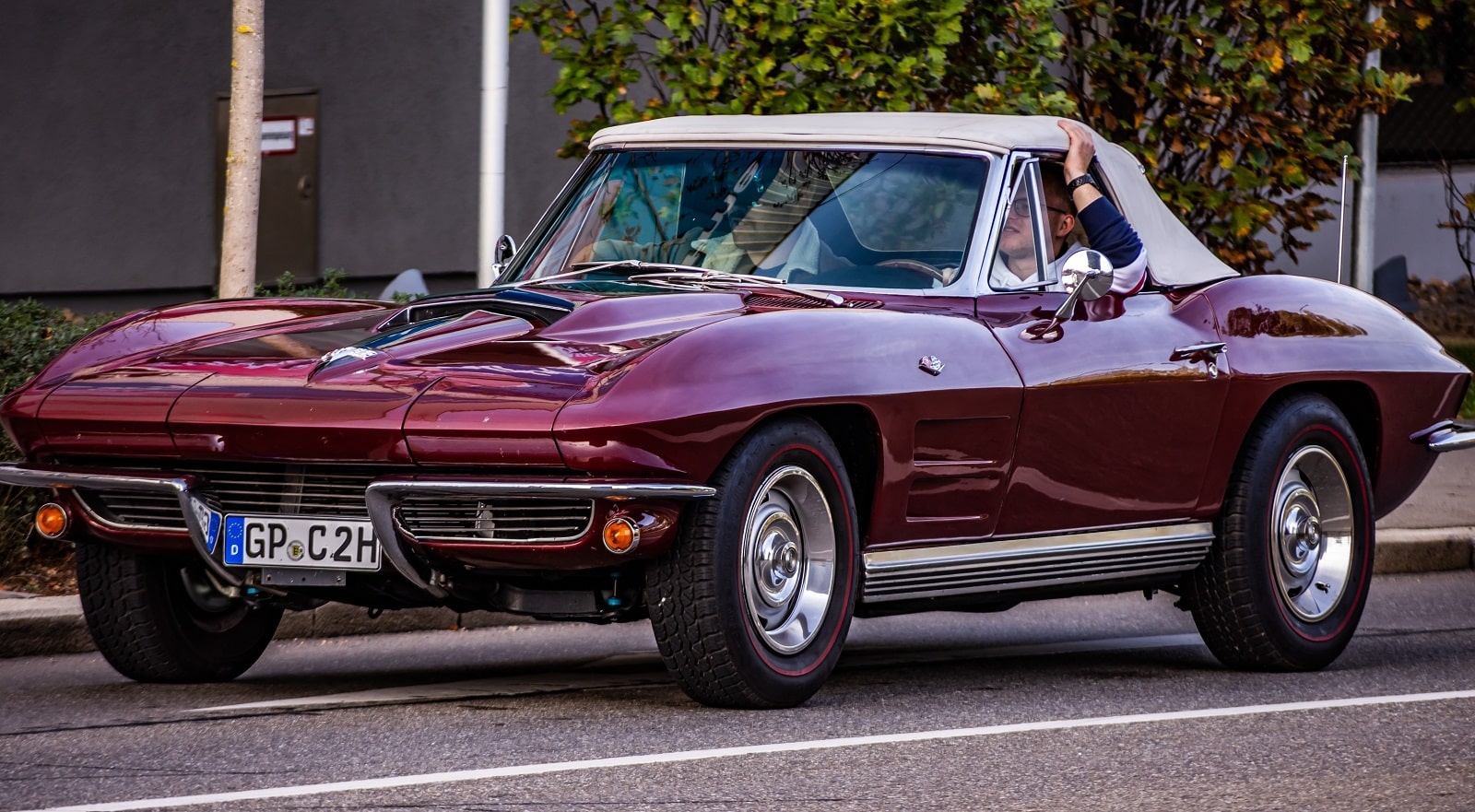
Image Credit: Shutterstock / Krisz12Photo
American classic cars are symbols of their eras, each telling a story of its time and capturing the essence of car culture. Here are ten classics that defined generations. 10 American Classic Cars That Define a Generation
Featured Image Credit: Shutterstock / Gorodenkoff.
For transparency, this content was partly developed with AI assistance and carefully curated by an experienced editor to be informative and ensure accuracy.
